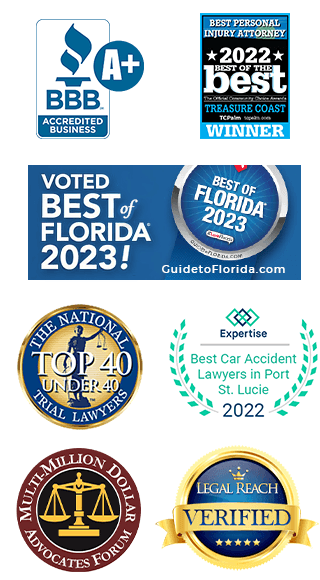People who have a relative residing in a Florida nursing home should pay close attention to the quality of care their loved one is getting.
That’s one goal of the “Year of Elder Abuse Prevention,” according to the federal Administration on Aging (AoA).
According to the AoA, cases of elder abuse occur more often than people think. It’s crucial, therefore, to protect seniors by learning the warning signs.
Approximately 2.1 million older Americans are victims of elder abuse in Florida and other states each year—and that’s not yet the entire picture. Experts believe that as many as five cases go unreported for every case of elder abuse or neglect that is reported.
The major types of elder abuse are:
- Financial exploitation
- Physical abuse
- Neglect by a caregiver
- Emotional abuse.
Warning Signs of Florida Elder Abuse
There are a number of red flags that indicate your loved one is being abused or neglected in a care facility. These signs include lack of basic hygiene; weight loss; lack of medical aids like glasses, walkers, dentures or hearing aids; overprescribed medication; lack of supervision; and untreated bed sores and pressure ulcers.
If your loved one’s room is untidy or unsanitary, talk to a supervisor and request for an immediate cleaning.
Ask how often the patient is taken out of the room for exercise. Check for unexplained bruises, fractures, cuts, sores, welts, or burns. Pay attention to signs of depression, hopelessness or withdrawal from normal activities.
Financial exploitation is oftentimes an unreported form of abuse. Be alert for:
- Lack of basic amenities and comforts
- Missing cash
- Uncharacteristically large gifts or financial payments
- Suspicious bank account activity
- The patient’s being asked to sign legal documents like property transfers, powers of attorney and wills.
The AoA states that anyone can be a victim of elder abuse, and that these cases can occur anywhere. These cases affect elders across all cultures, races, and socioeconomic groups.
Source:
Department of Health and Human Services, Administration on Aging
http://www.aoa.gov/AoARoot/AoA_Programs/Elder_Rights/YEAP/docs/Fact%20Sheets/AoA-119%20YEAP%20InfoFact%20Sheets_WarningSigns(nm)1.4c.508.pdf




